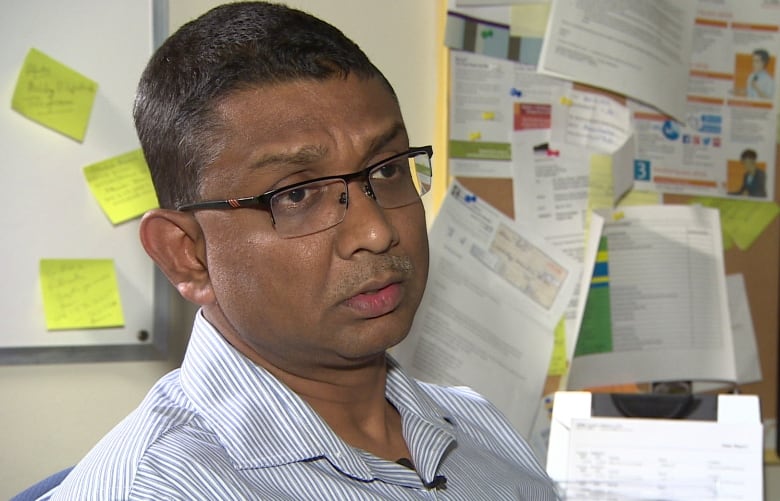
More than 100 households in Newfoundland and Labrador have learned their well water contains dangerous levels of arsenic — and hundreds more across the province may be drinking the toxin without knowing it.
The Department of Environment recently released the first batch of results from its free testing program for private wells it announced last year.
Of just over 1,000 test results, the department reported 112 wells with arsenic levels above 10 parts per billion, the limit imposed by Health Canada.
Anything over that amount places the drinker at risk of myriad diseases, including skin lesions, neurological problems and several cancers.
Minister Bernard Davis told CBC News his department still has a few hundred tests left to give out. The samples are sent to a provincially owned lab, and cost only a few dollars each to process.
“We’ve seen some pretty good uptake,” Davis said.
“It’s providing pretty much real-time information to the people that submit the samples, so they know exactly what the quality of their water is.”
Those over the safe limit can install a special filtration system, or import their drinking water from elsewhere.
But with around 40,000 private wells dotting outports across Newfoundland and Labrador, one Memorial University researcher says the program should expand.
At a presumed 10 per cent risk rate, Sarkar points out some 4,000 households could be drinking arsenic without any clue the odourless, colourless toxin has infiltrated their water supply.
“These free test kits are actually an investment in health, public health,” he said.
“By that logic you are actually saving a good number of [the population] from future illnesses, which might be very expensive in terms of health-care costs.”
The provincial government has known about arsenic deposits for decades, but for well owners like Moreton’s Harbour resident Debbie Rideout, the message that her family could be at risk simply never reached her.
Rideout was informed her water contained 80 times the safe limit after a local doctor pushed for testing in the community. Her husband and children had been drinking the water for years at that point, she said.
At least now, she told CBC News in a phone interview last week, those 112 households are informed.
“My advice to families who found out about their unsafe water is to not dwell on it, to move forward in a positive way, and also to be very thankful that they know about it now,” Rideout said.
“They know what they’re dealing with and they can deal with it in their own way, whether it’s like me, buy water and fill your jugs, or get a [filtration] system.”
While Rideout says the testing program strikes her as too little, too late, she thinks it should continue, and suggests testing for toxic chemicals should be mandatory when new wells are drilled.
“One hundred wells out of 1,000 is quite a lot, in my opinion,” she said. “To me it proves that the free water testing is a worthwhile program for our government to continue funding.”

Sarkar, too, wishes the province had acted sooner.
“I’m a bit frustrated, actually,” Sarkar said, adding he first raised the issue with the government at a presentation in Corner Brook in 2012.
“Translating the research to public action is very [minimal]. That is very heartbreaking.”
Davis said the program came about as part of a closer look at clean drinking water in the province. He’s been spreading the word about it to MHAs, he said, but, ultimately, it’s up to private property owners to do their own research when they dig wells.
“This is the responsibility of the private well owners,” Davis said.
“That’s why we’re offering this free of charge, because we want to make sure they understand what impacts they could have by where they drilled their wells to.”
Read more from CBC Newfoundland and Labrador